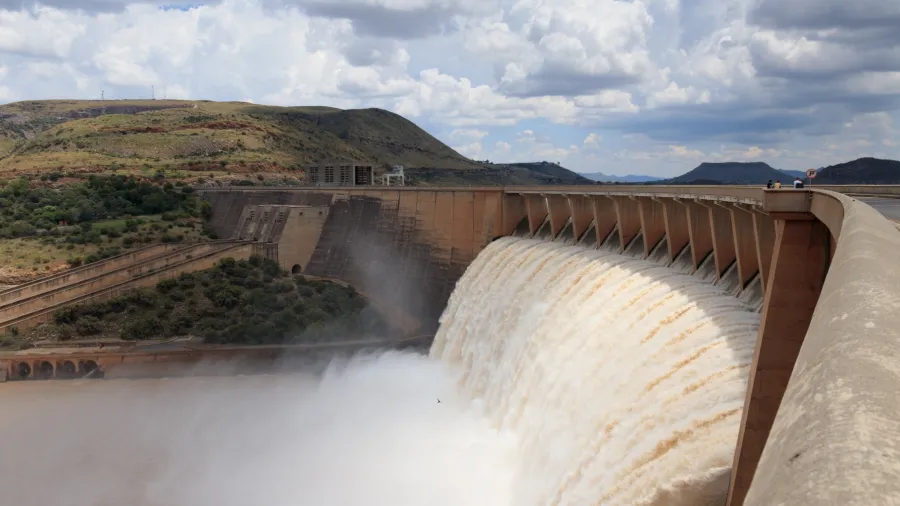
China-concentrated capacity drives APAC as hydropower ‘powerhouse’
China's aggressive hydropower development is driven by its carbon peaking target by 2030.
The Asia Pacific (APAC) region is the front-runner in deploying hydropower which could play a crucial role in replacing the void to be left by coal amidst the energy transition. Although the region is the “powerhouse” for hydropower, the majority of installations are mostly located in China.
The total installed capacity of hydropower globally in 2021 is 1,360 gigawatts (GW), of which 391 GW are in China, according to the International Hydropower Association’s 2022 Hydropower Status Report. By region, 523 GW are in East Asia and Pacific, followed by Europe (255 GW), North and Central South America (205 GW), South America (177 GW), South and Central Asia (162 GW), and Africa (38 GW).
In 2021 alone, hydropower including pumped storage saw 26 GW of capacity additions, of which around 21.9 GW is from East Asia and the Pacific. Out of the new installations in the region, 20.8 GW are accounted for by China.
“With rapidly growing economies, continued population growth in many countries, and an awareness of the impacts of climate change that will increase the pressure to remove coal, the region is likely to remain a new hydropower hotspot for the foreseeable future,” the IHA report read.
According to the report, the untapped potential in the region, along with South and Central Asia, is the highest in the world. Developed sustainably it can help to relieve stresses on electricity grids as more solar is deployed, potentially with less significant land-use impacts.
‘Aggressive’ China
The long-term development plan for hydropower in China is still “quite aggressive,” considering that most of the best hydropower resources in the country have already been built, said David Fishman, senior manager at The Lantau Group, told Asian Power.
He cited Sichuan Province—a prominent "hydropower powerhouse" in the country—which boasts numerous dams located upstream of the Yangtze River. Ambitious plans are still underway to increase the capacity by approximately 20 gigawatts (GW) and to add another 12 GW even further upstream, extending all the way to the Tibetan Plateau.
According to the IHA, China’s hydropower capacity reached 395.6 GW by end-2021 and it added nearly 2 GW of new capacity in the first two months of 2022. The 16 GW Baihetan hydropower station, the second largest in the world, also came online in July 2021, generating 62,000 gigawatt-hours of electricity annually.
Pumped storage hydropower development is also not out of the picture as the country’s National Energy Administration released the mid-term and long-term plan for the sector from 2021 to 2035 in September 2021. Under the plan, pumped storage hydropower is expected to reach at least 62 GW in 2025, and 120 GW in 2030 or around 75% of the current capacity.
China also leads in the pumped storage hydropower capacity, comprising 36 GW of the 161.6 GW total, followed by Japan with 27.5 GW, and the US with 22 GW.
The country’s target of carbon peaking by 2030 and carbon neutrality by 2060, is driving the installation of hydropower in the country, said Fishman.
“They really don't have that much time to swing the entire country around from where it is right now, which is heavily reliant on thermal coal, specifically, to something that is low-carbon,” he told. “You don't have many options that are also low carbon, you have pretty much only hydropower and nuclear.”
Fishman said China is building nuclear capacity on its coasts, whilst hydropower is being built in the inland regions. Hydropower has to be matched with variable generation sources like wind and solar.
“That is the only way that you can bring in lots of wind and solar into your grid. At the same time, to have stability, you need to have a dispatchable firm source to work with, and hydropower can do that in China,” he added.
Facing headwinds
Despite the hydropower’s potential in the region excluding the Middle East, hydropower is still expected to face “significant headwinds” due to environmental and social opposition, according to a Fitch Solutions report by David Thoo, Power and Renewables analyst.
Constructing dams on rivers could negatively affect the ecology and livelihood of the people in the area, Thoo said, citing the opposition by environmentalists and local communities against additional damming of the Mekong river basin. There are 31 gigawatts of hydropower projects in pre-construction and construction states along the Mekong river across 57 projects, 41 of which are in Laos, and the rest are located in Cambodia, Myanmar, and Vietnam.
The Mekong river basin is the largest inland fishery, accounting for 25% of the global freshwater fishing, which around 60 million people from markets in the region depend for livelihood.
“We remain apprehensive about the strong growth of hydropower generation capacity in the Southeast Asia region, as opposition remains strong, especially after flaws were found in environmental impact assessments (EIAs),” the report read.
Thoo added in the report that financing of hydropower projects is also limited because of the high capital needed and long construction times before it can generate and sell electricity. Banks are also reserved in financing such projects as this could affect their reputation due to strong international opposition.
Fishman said that building hydropower is “extremely capital-intensive” because you will take into account not only the cost to build the generation infrastructure but also the need to allocate funds for local people that could be displaced.
Slowed growth
The capacity and generation expansion of hydropower is expected to be limited from 2021 to 2031 because of the competition with other renewable sectors such as solar and wind which are smaller in scale and decentralised, thus having minimal impact on the ecology and livelihood.
“Solar and wind power projects usually have lower costs and construction times associated, making these projects more attractive for many Asian markets,” Fitch said.
Thoo said that hydropower generation in the Mekong region experienced severe shortages amidst dry spells, which would result in markets considering additional conventional thermal power generation to make up for the deficit.
As this move is not aligned with their carbon emission reduction targets, they are including non-hydropower renewables such as biomass and waste power, according to Fitch Solutions.
Due to this, non-hydropower renewables generation is expected to grow at an annual average rate of 8.4% from 2022 to 2031, faster that the 3% annual growth of hydropower. Generation from non-hydropower renewables may overtake hydropower in 2024.
Even against strong opposition, the Asia power project pipeline is dominated by hydropower projects, according to Fitch’s Key Projects Database. Out of the 574 hydropower projects, 314 are in India with a total capacity of 107 GW.
However, in the past 10 years, 22 projects have either been cancelled or suspended with a generation capacity of 17 GW. Fitch expects hydropower capacity in India to grow 17 GW from 2022 to 2031.
Attracting investments
Hydropower projects would need strong government support to ensure “adequate management of social and environmental impacts” and water management, said Carlos Torres Dias, head of Power Research at Rystad Energy.
Governments will play a crucial role in attracting necessary investments in hydropower through incentives and creating a “suitable business environment,” according to the report by the International Renewable Energy Agency (IRENA)
For investors, controlling the capital expenditure on the development side, and the type of rate they are getting from the sale of power is important, according to Fishman.
Governments should offer developers access to lower interest rates or loans or set them up with lenders that are willing to give more preferential conditions to promote hydropower development.
“On the sales side, the developer needs to know that they're going to sell their power at a good rate and that they can see a path to profitability after a certain number of years,” Fishman said.
“If they don't have that, it doesn't make much sense for even the largest, wealthiest investors to be investing if they don't see a pathway to profit,” he added.
Some of the incentives the governments could implement include relief from taxes and duties, concessional grants or loans, accelerated asset depreciation, subsidies based on environmental performance, subsidies for services by the power generation, capital cost contributions, and support for structures for the deployment and testing of new technology, according to the IRENA, citing the report from the University of Cambridge.
Governments can also help in streamlining concessions and licensing processes, which could reduce uncertainty and make the projects attractive to investors.
IRENA also noted that international and multi-stakeholder cooperation can play a part in the development of the hydropower sector as the industry, governments, and regulators have to collaborate in developing solutions to address challenges.
An area where cooperation amongst stakeholders is critical is river basin management, it said.
“International cooperation, through the sharing of experiences and best practices, can accelerate the creation of favourable policies and regulations relevant to hydropower,” it said.
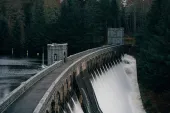
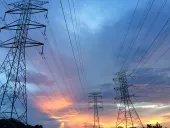
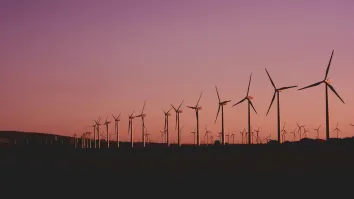
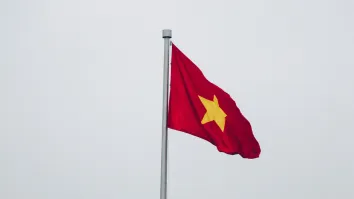
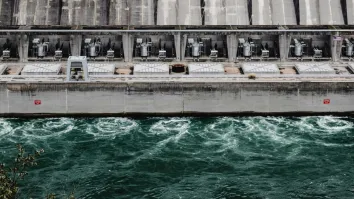
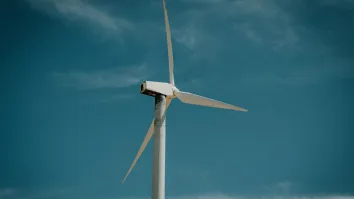













 Advertise
Advertise






